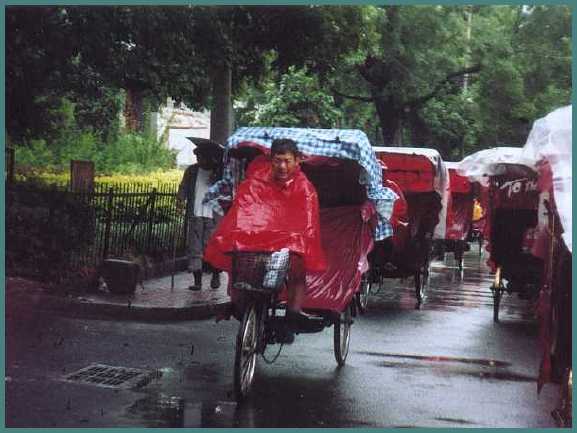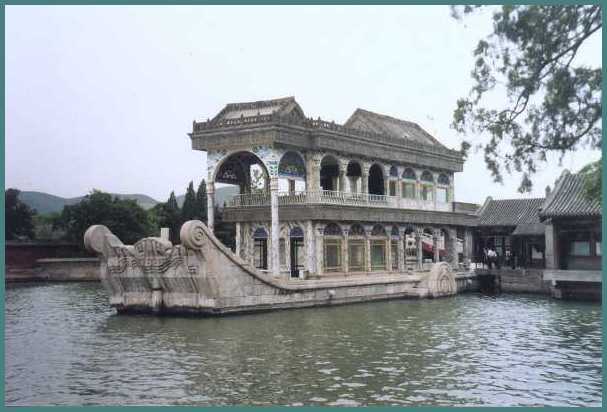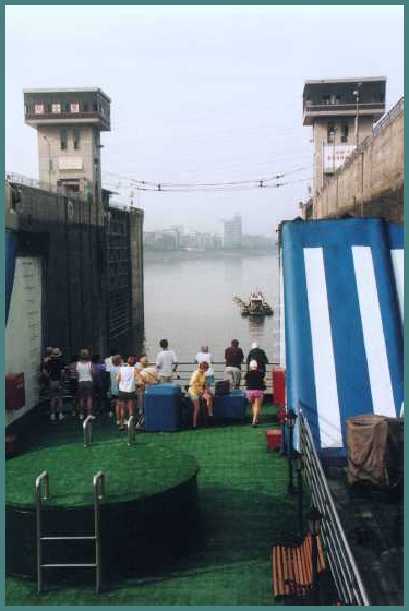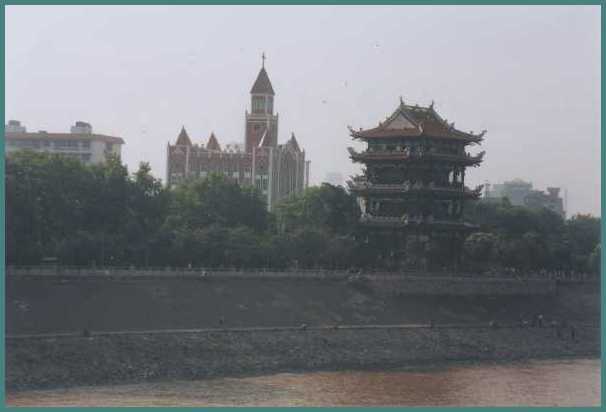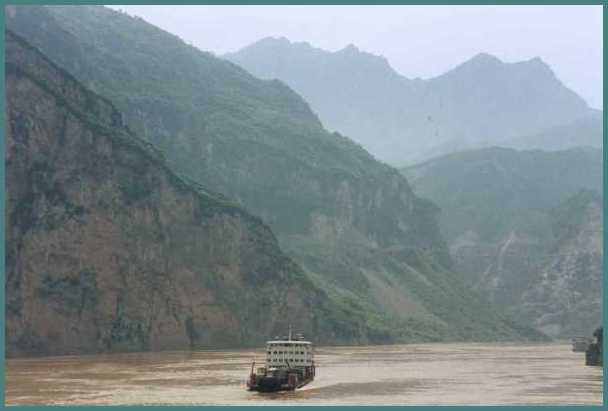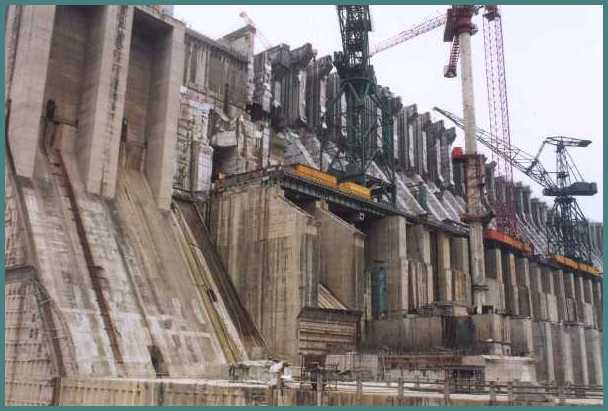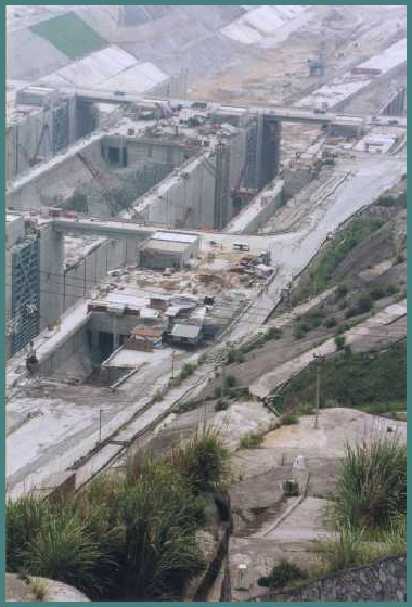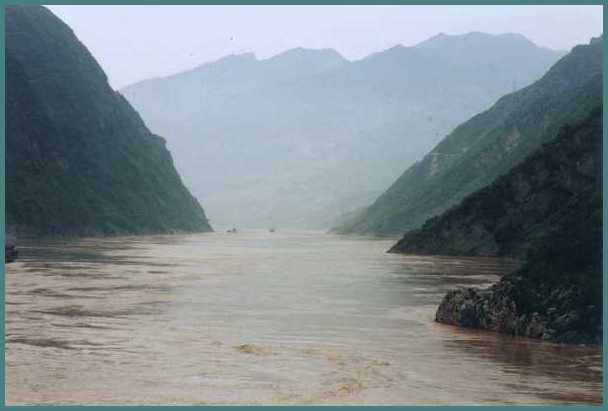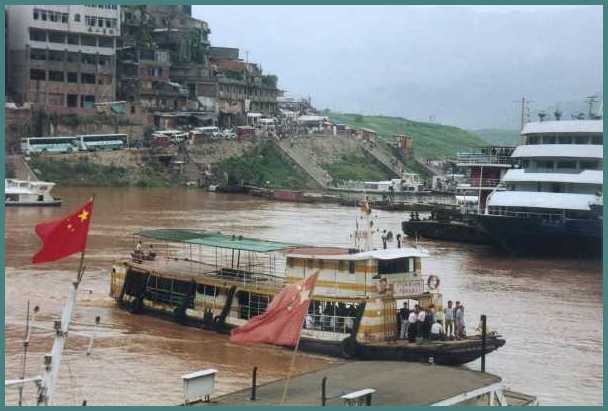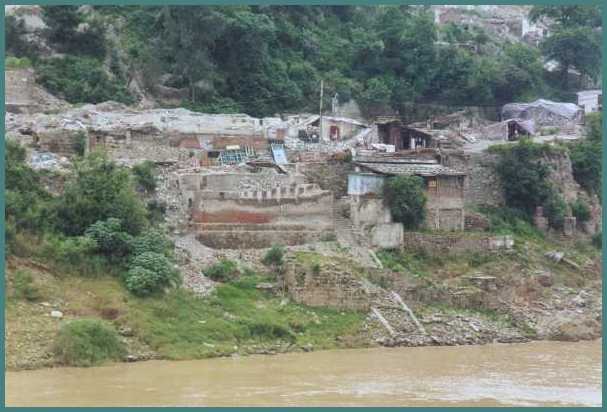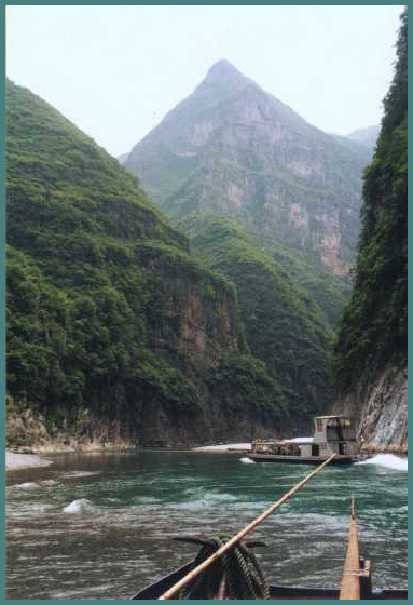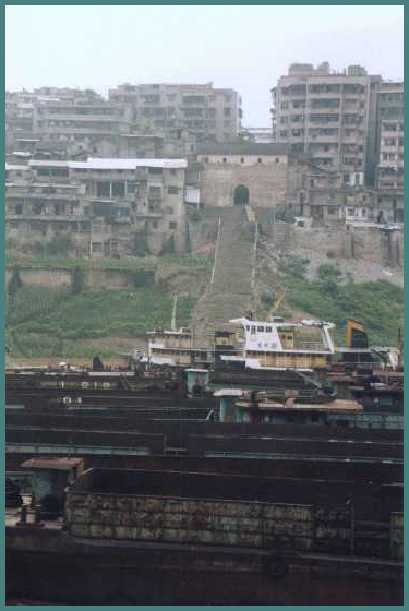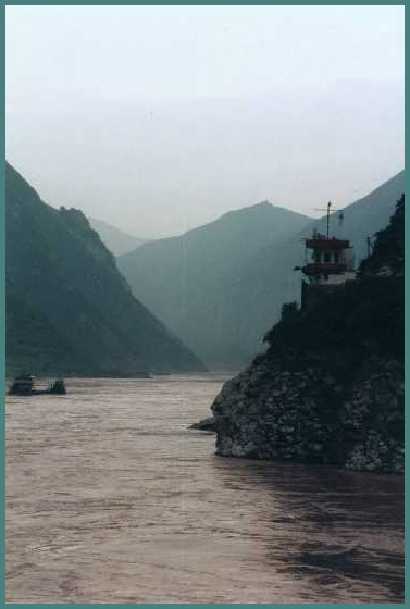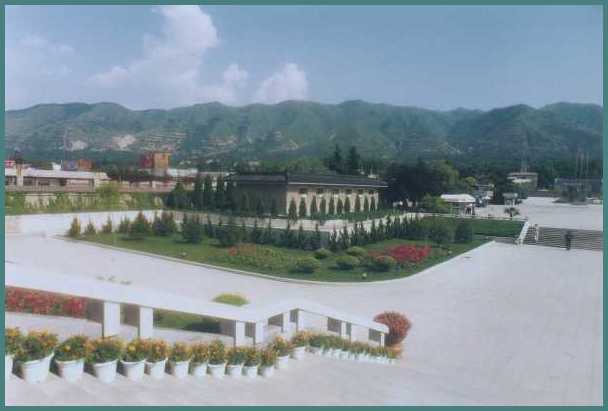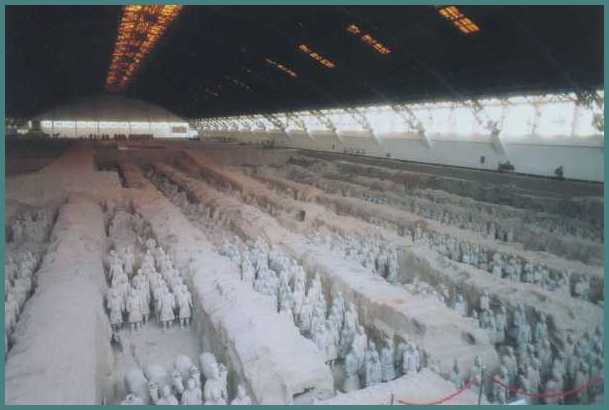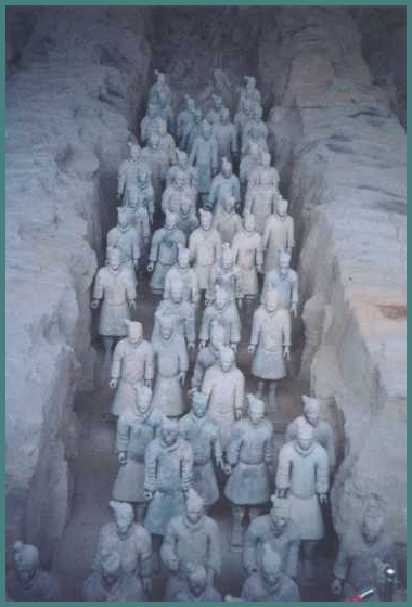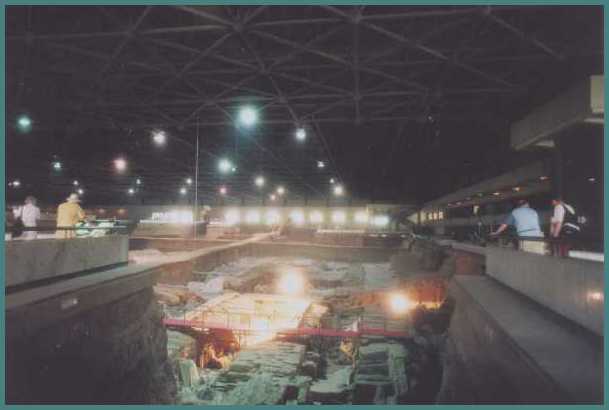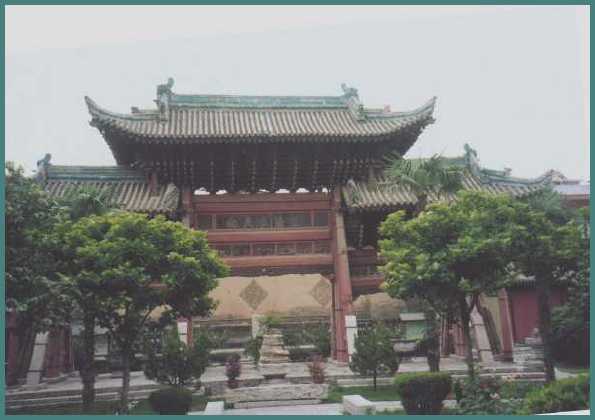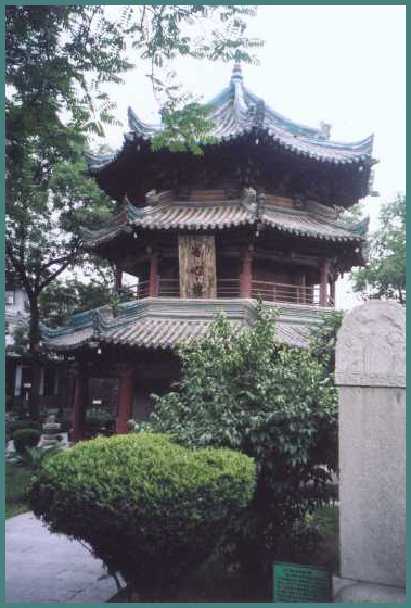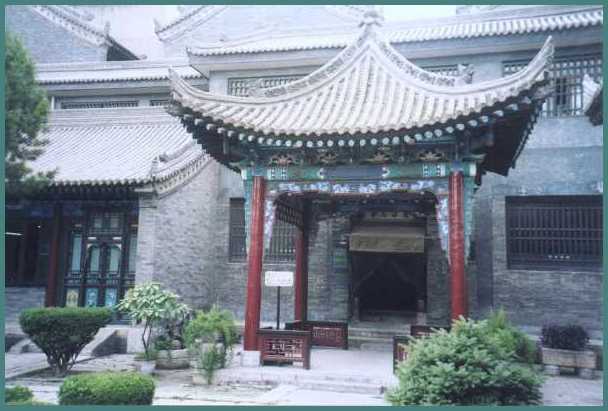| China - Beijing, The Yangtze and Xian |
|
During the summer of 2002 we visited China, primarily to see the famed Yangtze Gorges before the completion of the controversial Three Gorges Dam across the Yangtze at Sandouping (see below).
Our tour included the obligatory short visit to Beijing and also a visit to Xian, giving us the opportunity to see the reknown Terracotta Warriors. More pictures of China (and Hong Kong) can be found here. |
| Click on a thumbnail to view a larger picture. Click the larger picture to return here |
 |
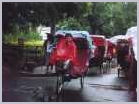 |
 |
 |
| Beijing Tea Store | Cycle rickshaws in the Hutong area of Beijing | A marble boat (sic) in the lake of the Summer Palace | The Gezhou Dam and Locks near Yichang |
 |
 |
 |
 |
| A Christian Cathedral and a Temple at Yichang | The lower reaches of the first Gorge | Construction work underway on the Dam | Work on the 5 stage locks |
 |
 |
 |
 |
| A fast running section of one of the Upper Gorges | The busy dock at Wushan | Wushan - demolition under way on the lower slopes | Within one of the Lesser Gorges near Wushan |
 |
 |
 |
 |
| The City of Fengjie. One of the old City Gateways | Coal bays being emptied ready for the rising water levels | A Navigation Station on one of the Upper Gorges | Wanxian market scenes |
 |
 |
 |
 |
| Wanxian market scenes | Xian - the site of the Terracotta Warriors | Xian - the main Pit | Warriors - and more Warriors in the main Pit |
 |
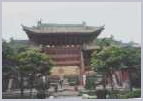 |
 |
 |
| Excavation work in progress in another of the huge Pits | Xian - the famous Mosque | A Pagoda structure used as a Minaret | The entrance to the Ablutions Hall |







